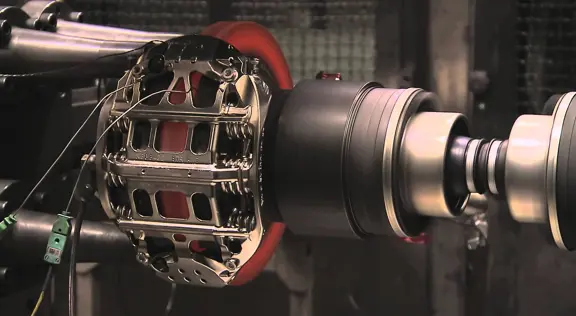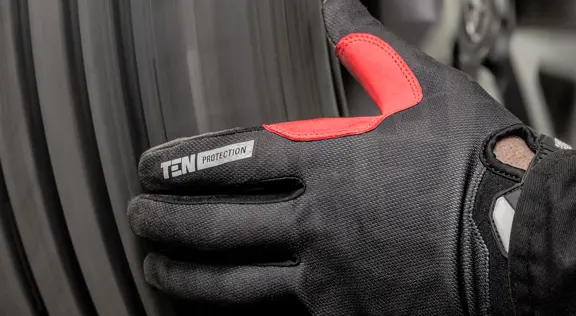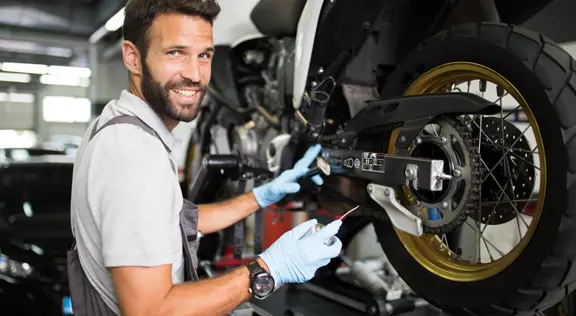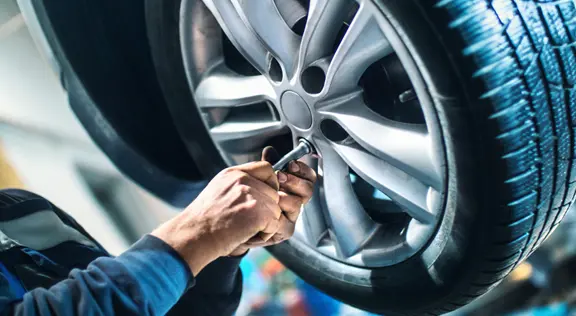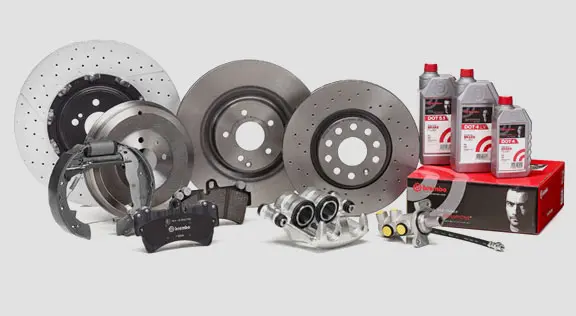Brake caliper maintenance: why is it so important?
To operate efficiently, brake components need to come into contact with one another to generate friction. Nevertheless, when the vehicle does not need to slow down, it is vital for the brake discs and pads to be retracted enough so as not to cause prolonged contact and impede movement, or worse still, damage the components due to the excessive heat generated by friction.
This constant light contact between the brake disc and the brake pad could in the long run cause irregular component wear, overheating the braking system and produce noise and vibrations.
For a braking system to work correctly and safely, the components need to be able to move freely. The components are made of metal to benefit from the mechanical strength and thermal resistance of the material, but the negative side to this is that the majority of metals tend to corrode and deteriorate with time.
The caliper guides are one of the components most susceptible to corrosion, due to the electrochemical reaction that occurs between the metal and its surroundings.
The braking system of a vehicle is constantly subjected to stress, as well as other factors such as pollution, water, salt and dirt, which all speed up the rate of corrosion. Even aggressive high-pressure washing can be harmful and generate unpleasant consequences: a high-pressure water jet is enough to blast off the protective seals from the calipers and create water seepage between the sliding surfaces. What’s more, alkaline detergents can cause corrosion and oxidation which could generate unwelcome squealing, making it necessary to disassemble, overhaul and treat the caliper contact points with a dedicated lubricant.
Which lubricant should be used?
Choosing the right lubricant is extremely important to ensure the correct functioning of the braking system. Using unsuitable lubricant could have the opposite effect to what you want, in other words greasy guides which become acidic in the caliper, making the bracket lose mobility, resulting in overheating of the brakes.
There are several commercially available products to lubricate the braking system: copper-based lubricants are very popular but, to avoid galvanic oxidation, it would be advisable to use copper-free lubricants instead.
Moreover, the type of lubricant to use depends on the contact surface that needs to be treated. Exposed points of contact, such as the resting points on the supports and calipers, require a lubricant that does not only need to be able to handle the high temperatures generated by braking, but also one that resists being washed away by water to continue to provide protection against corrosion.
Brembo B-QUIET is the perfect solution for this: the formula used is completely metal-free, so there is absolutely no possibility of any galvanic corrosion. Brembo lubricant is extremely wash-proof and has a high melting point, which will provide continuous protection for the surfaces that it is applied to. We recommend you apply it to the resting points between the metallic parts of the brake pad and the caliper; during application, take care to avoid contaminating the friction surface of the brake pads and discs, as this could compromise braking performance.
The sliding guides of a floating caliper and the related pins require a different type of lubricant. The rubber parts of the brake caliper (protective seals, dust covers, caps and sliding pin rubber boots) are produced using EPDM, a material which is compatible with DOT brake fluids.
The EPDM could get damaged if incompatible products are used, such as mineral oil, lubricants and intolerable detergents. The rubber parts would absorb the lubricant and swell with time, losing their tightness capacity. This could cause serious damage to the brake caliper, with consequences also on the brake discs and pads, on braking performance and comfort, as well as on the durability of the components.
This is the reason why, when performing caliper maintenance tasks, it is advisable to choose the correct lubricant carefully and apply it to the specific areas with care, and it is also advisable to perform all the tasks relating to lubrication and component inspection correctly.
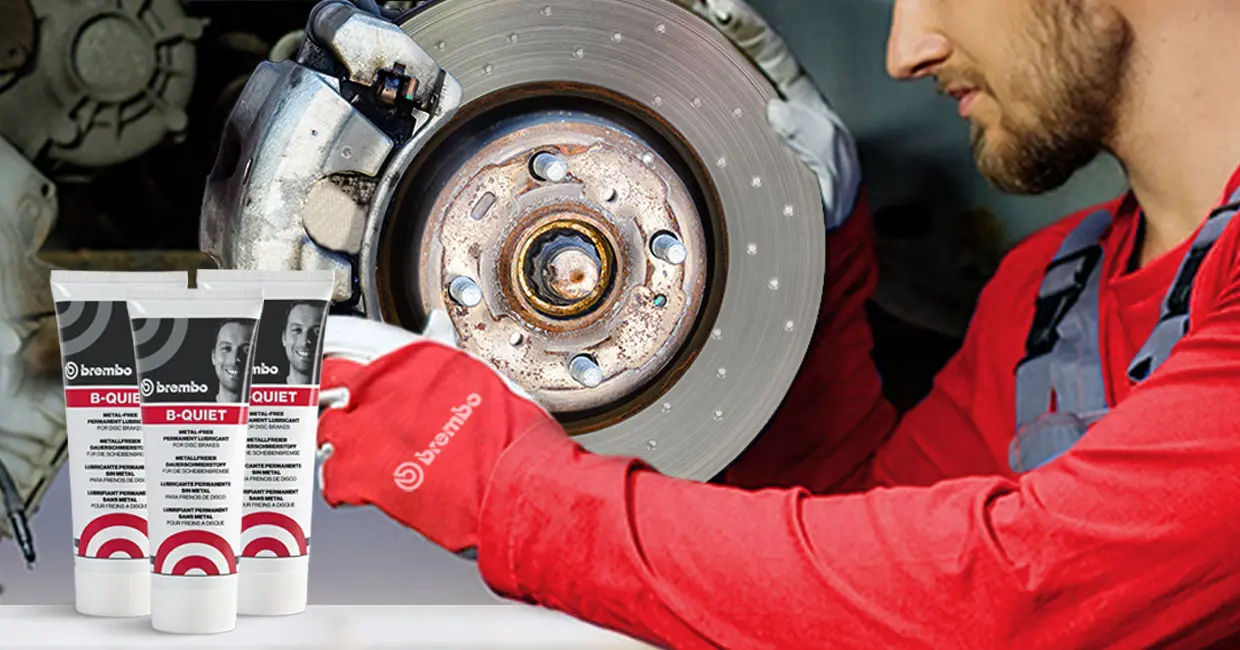
How to perform brake caliper maintenance correctly?
Suitable caliper maintenance, performed by a professional, entails a series of tasks which ensure the component remains fully efficient:
- Inspect and clean the springs and the caliper bracket. Clean the pad seats thoroughly;
- Lubricate the contact points between the brake pad and the caliper with dedicated lubricant;
- Check the pistons, seals, covers and caliper sliding components, to make sure they are free of damage and corrosion and slide smoothly. It is also advisable to check there are no leaks;
- Clean and lubricate the caliper sliding pins with dedicated lubricant;
- Use specific grease for each component;
- In the event of damaged, corroded or bent components, replace them with new, quality components (find out more about the Brembo brake caliper repair kit).
Is there anything else you want to ask?
Contact the Brembo technical support team. Our technicians will get back to you as soon as possible!
